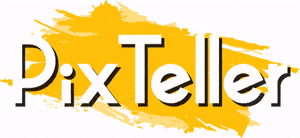The Role of On-Page SEO in Content-First Marketing Strategies
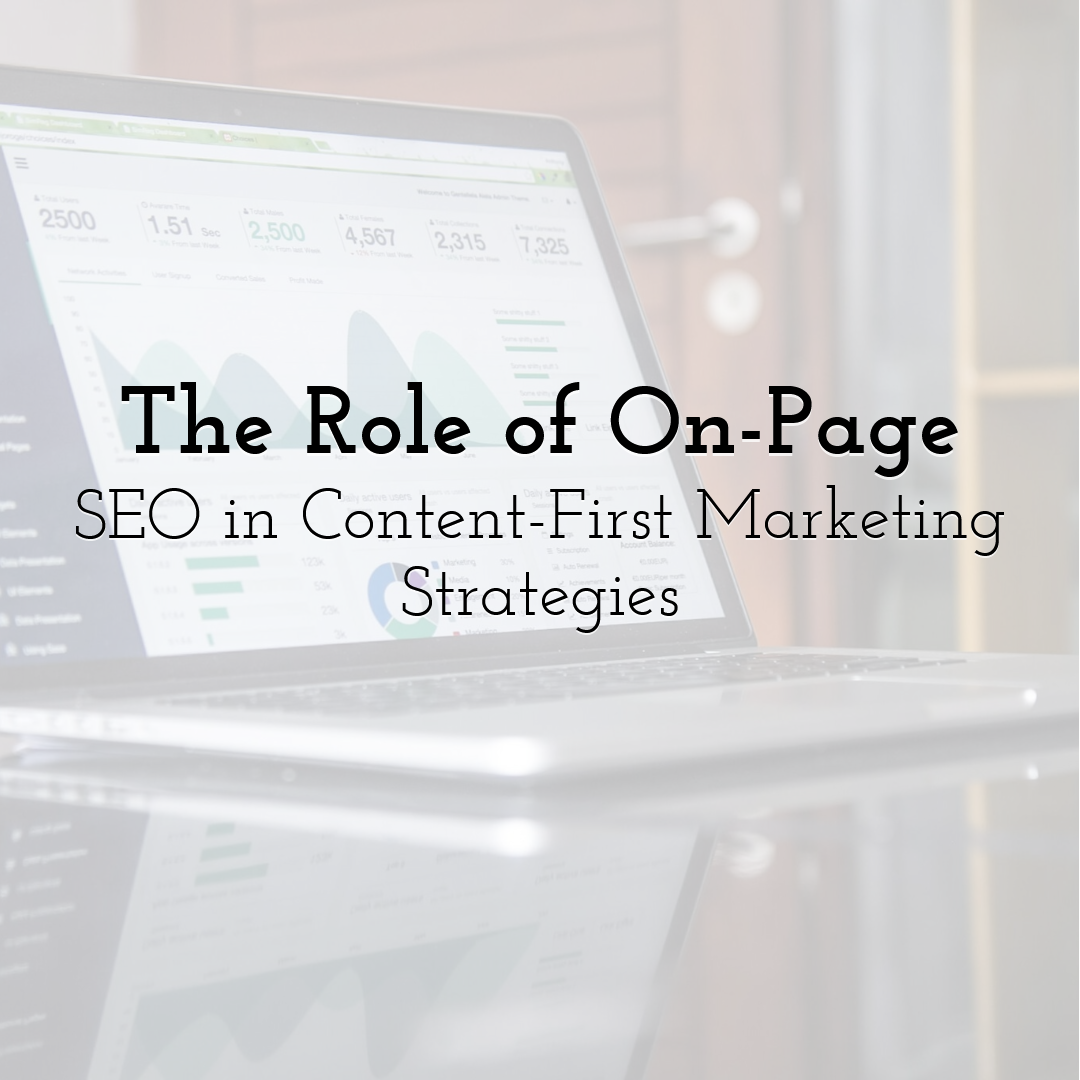
Content-first marketing prioritizes high-value, insightful content as the engine of brand visibility and customer engagement. Instead of relying on aggressive advertising or outbound tactics, this strategy puts education, storytelling, and utility at the core of digital initiatives. It operates on the idea that by giving users what they are looking for through relevant and helpful content, companies can earn trust and foster loyalty over time.
Businesses that embrace content-first marketing understand that today’s buyers are well-informed and self-directed. They conduct research before making purchasing decisions and expect brands to provide not just products, but expertise. For marketers, this presents an opportunity to position their organizations as thought leaders by publishing content that addresses common challenges, answers pressing questions, and reflects a deep understanding of their industry
Yet even the best content can fall short if it is not discoverable. This is where on-page SEO plays a critical role. It acts as the infrastructure that allows content to surface in search results, providing the technical and strategic framework that connects users with the material they are actively seeking. Without this layer, content-first marketing would lack the reach necessary to be effective.
The Critical Link Between On-Page SEO and Visibility
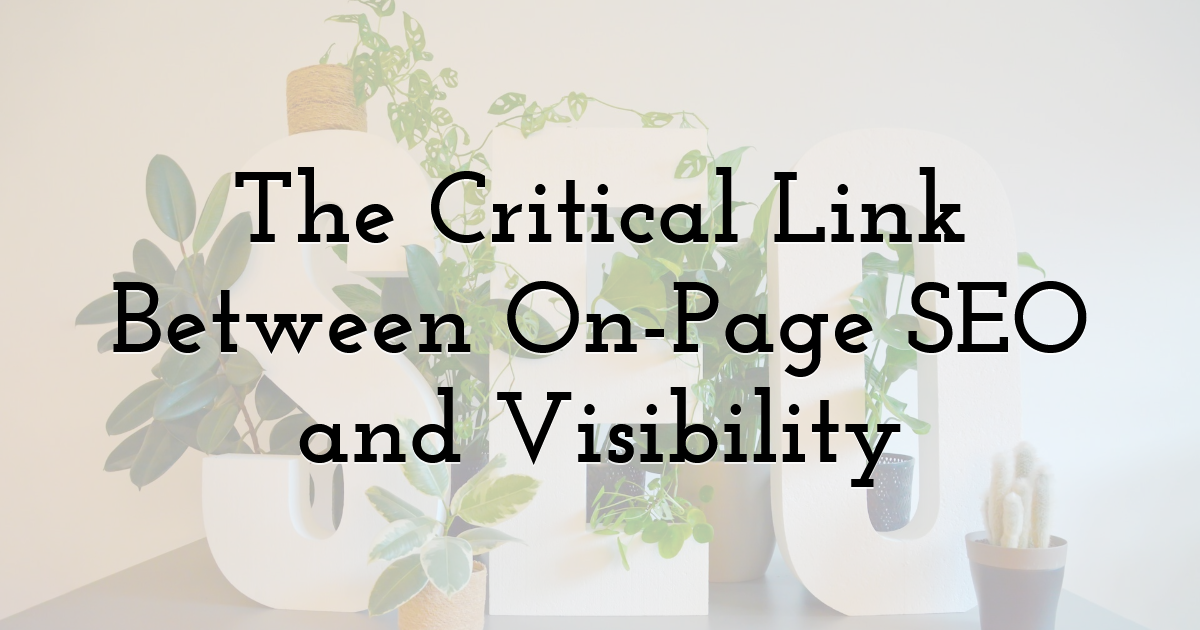
On-page SEO refers to the practice of optimizing individual web pages to rank higher in search engine results and earn more relevant traffic. This includes refining elements such as meta titles, headers, internal links, keyword usage, image optimization, and structured data. These factors influence how search engines interpret and rank your content, which directly impacts how easily users find it online.
For content-first marketing strategies, this means that even the most authoritative blog post or article needs to be formatted and structured with on-page SEO in mind. Elements like keyword placement and header hierarchy are not just technical requirements; they are essential for ensuring that content aligns with user intent and can be easily navigated both by search engines and human readers. The combination of rich content and SEO best practices leads to increased discoverability and engagement.
Marketers aiming to improve visibility should focus on applying proven methods such as content hierarchy, optimized metadata, keyword targeting, and internal linking. These foundational techniques work best when implemented with strategic intent and consistency, supporting both user experience and search engine interpretation. As content teams expand output across multiple platforms and pages, maintaining high-quality optimization becomes increasingly complex.
Fractional CMOs: A Strategic Option for Flexibility and Expertise
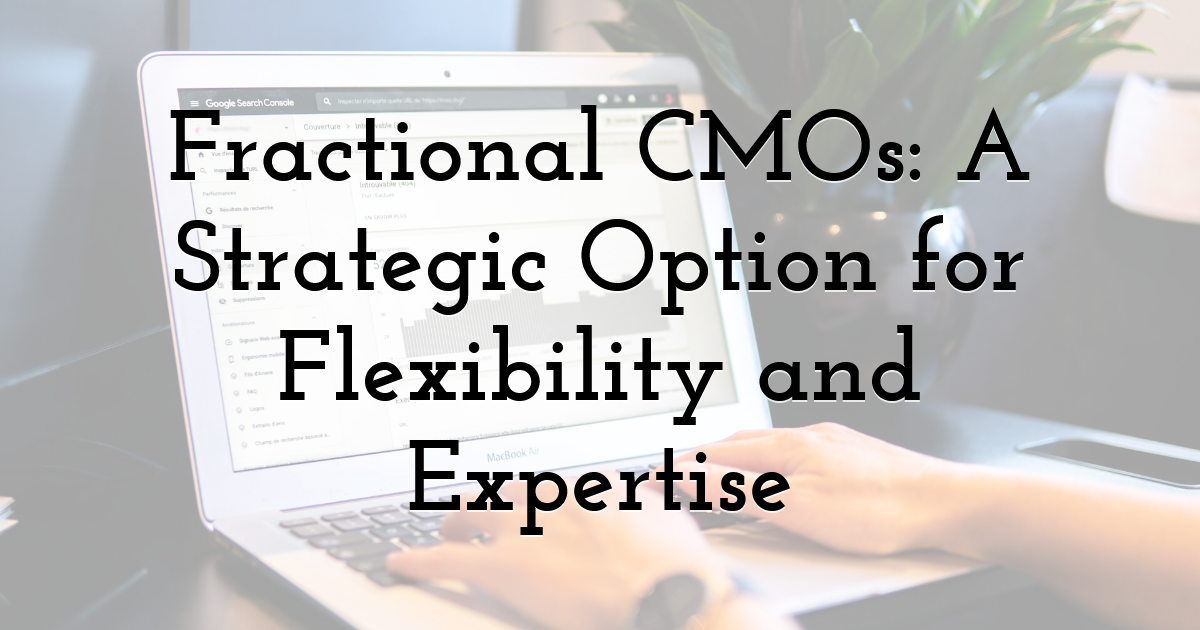
Organizations that adopt content-first marketing strategies often find that success requires more than good writing or basic keyword research. It demands cross-functional coordination, strategic direction, and disciplined execution. On-page SEO, in particular, intersects with content creation, technical infrastructure, analytics, and business objectives. Without experienced leadership, teams may create high-quality content that underperforms because it lacks integration across channels and touchpoints.
In many cases, internal marketing teams are stretched thin or operate without a senior leader who can tie these elements together. This is especially common in small to mid-sized companies that are scaling their marketing operations but do not yet have the budget for a full-time Chief Marketing Officer. These teams often face inconsistencies in how SEO is applied, delays in execution, or disjointed messaging across their content portfolio. The result is that content fails to deliver measurable returns, even if individual assets appear strong on the surface.
In many cases, a Fractional CMO’s role includes ensuring that marketing teams use structured and proven on-page SEO methods as part of their content strategy. This involves aligning optimization practices with business goals, monitoring performance, and refining approaches over time. By introducing consistent processes, a Fractional CMO helps maintain quality across all content outputs, making sure that each piece not only meets SEO standards but also strengthens the brand’s presence and competitive position in organic search.
Keyword Strategy: Balancing Relevance with Intent
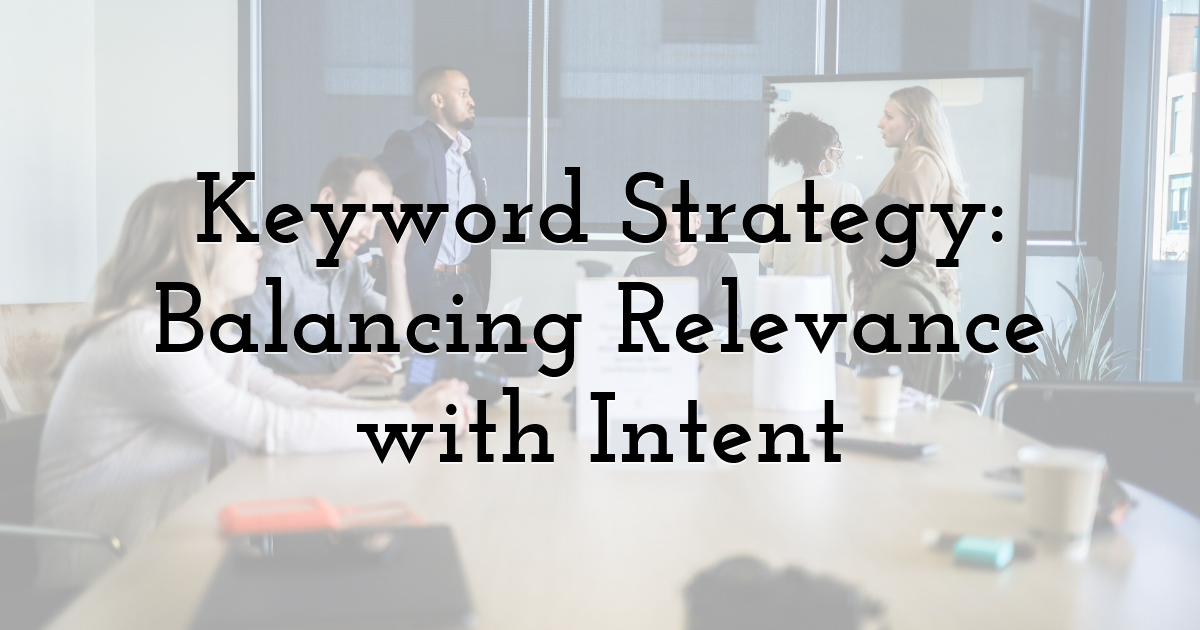
Keywords are a fundamental aspect of on-page SEO, serving as the bridge between what users are searching for and the content you provide. Effective keyword strategies begin with understanding not just what terms people use, but why they use them. This means identifying intent, whether the user is seeking information, looking to make a purchase, or researching options, and aligning your content to match that purpose.
In content-first marketing, keyword integration must be natural and thoughtful. Overstuffing content with target phrases can undermine the user experience and signal poor quality to search engines. Instead, the goal is to use keywords contextually within the content, weaving them into headings, subheadings, and body paragraphs where they make sense. This approach supports readability while ensuring the page remains optimized for relevant searches.
Advanced techniques such as using semantic keywords, long-tail variations, and topic clusters allow marketers to build authority within specific subject areas. This encourages deeper engagement, as readers find comprehensive answers to their questions within a single domain. A well-executed keyword strategy, therefore, enhances both search visibility and content utility, strengthening the role of on-page SEO in content-first models.
Optimizing Content Structure for User Experience

A content-rich page must also be easy to navigate. Structuring content effectively ensures that both users and search engines can digest the information without confusion. This begins with clear, descriptive headings that guide the reader through the topic logically. Proper use of H1, H2, and H3 tags contributes to a coherent hierarchy, signaling content flow and emphasis.
Paragraph organization, bullet points, and internal linking also support usability. Long blocks of unbroken text can deter readers, while concise sections with helpful subheadings invite exploration. Internal links further enhance this experience by connecting related pieces of content, encouraging readers to spend more time on your site and deepening their understanding of the subject matter.
From an SEO standpoint, structure not only improves readability but also influences how content is indexed. Search engines prioritize well-organized pages with clear contextual signals. By aligning your content structure with user expectations and technical best practices, you increase the likelihood that your pages will perform well and retain reader interest.
Meta Elements and Their Strategic Impact
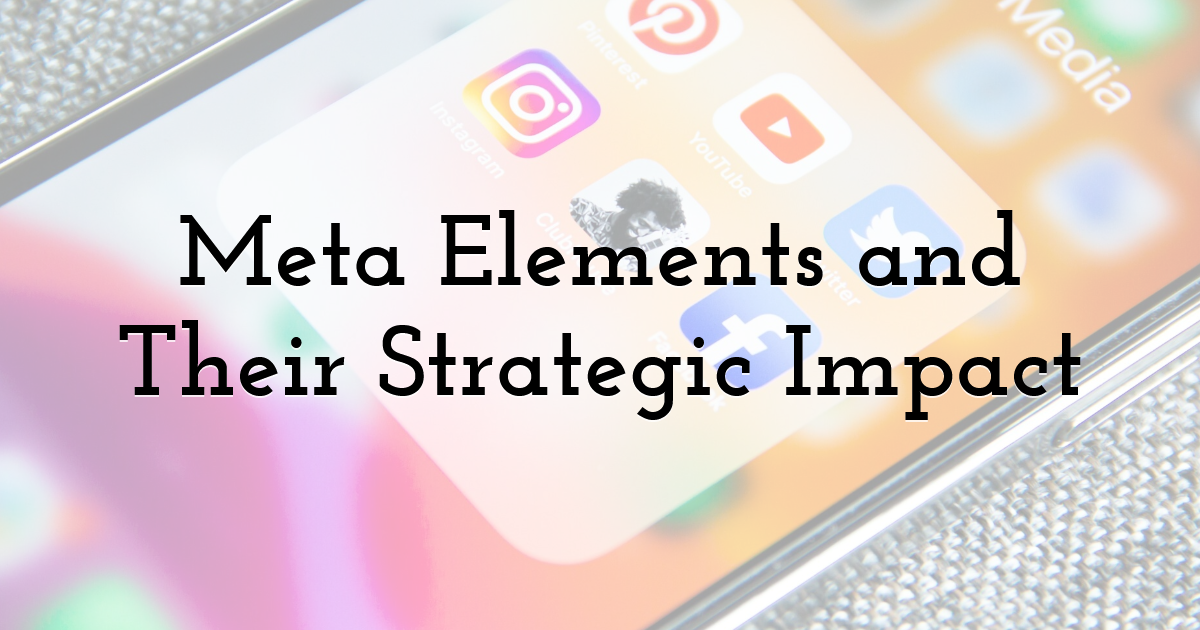
Meta tags, specifically the title tag and meta description, play a vital role in on-page SEO. They serve as the first point of contact between your content and potential readers in search engine results pages (SERPs). A well-crafted title tag accurately reflects the content of the page and includes the primary keyword in a way that entices clicks without appearing forced or overly promotional.
The meta description, while not a direct ranking factor, has a significant influence on click-through rates. It provides a brief summary of the page’s content, encouraging users to engage with the article. Effective meta descriptions are concise, informative, and aligned with the search intent. They act as a compelling advertisement for your content in the crowded search landscape.
Including relevant metadata also supports accessibility and helps define your content’s purpose to various technologies, including voice search platforms. When these elements are optimized in tandem with the broader content, they enhance both user engagement and search engine comprehension. This ensures that your carefully crafted content does not go unnoticed in an increasingly competitive digital environment.
Mobile Optimization and Page Speed as SEO Signals
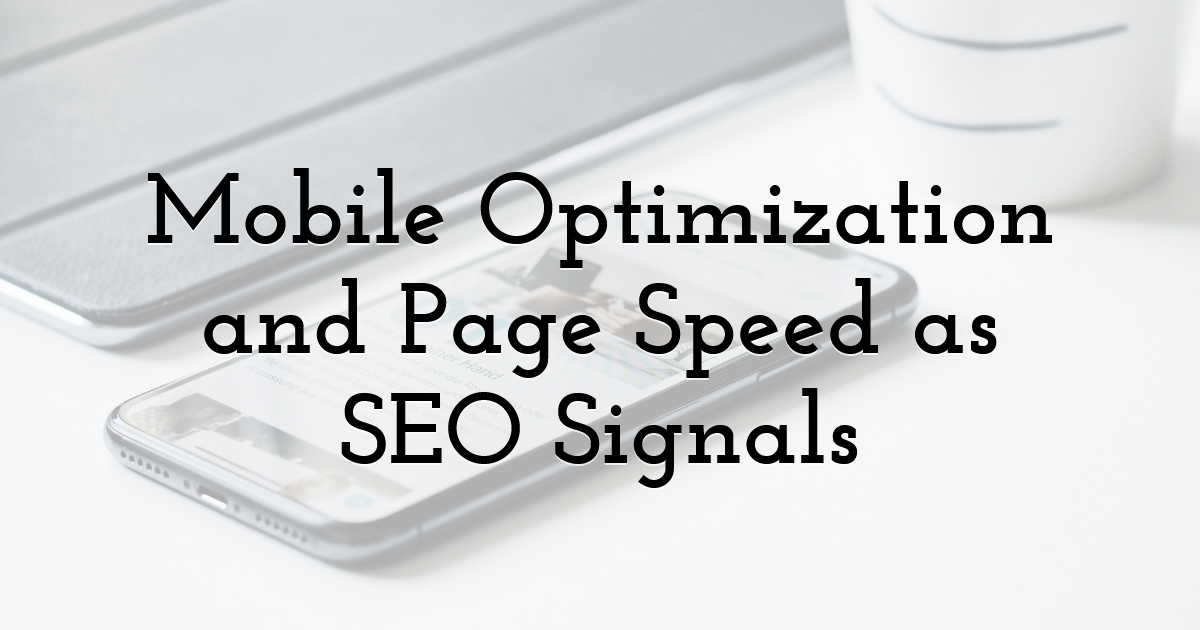
Mobile-friendliness is no longer optional in content-first marketing strategies. With the majority of web traffic coming from mobile devices, search engines now prioritize mobile-optimized pages in their rankings. This means content must be responsive, load quickly, and remain legible and navigable on smaller screens. Poor mobile performance can undermine even the most compelling content.
Page speed is another critical factor. Users expect near-instantaneous loading times, and search engines factor speed into their ranking algorithms. Delays of even a few seconds can increase bounce rates and reduce user satisfaction. Strategies such as image compression, efficient code, and minimal use of third-party scripts can significantly enhance load times.
From a content marketing perspective, optimizing for mobile and speed ensures that your message reaches your audience without friction. These technical elements support the broader goals of content-first marketing by removing barriers to engagement and ensuring your insights are delivered effectively, regardless of the device or connection speed.
Analytics and Continuous Content Refinement

Effective on-page SEO does not end once content is published. Ongoing analysis and refinement are crucial for maintaining performance and adapting to evolving search trends. Tools like Google Search Console and analytics platforms allow marketers to track how users interact with content, which keywords drive traffic, and where engagement may fall off.
This data should inform content updates, structural adjustments, and SEO improvements. For instance, if a page ranks well but has a low click-through rate, revising the meta description or title could yield better results. If users frequently exit a page early, the content flow or relevance may need reassessment. These insights enable marketers to evolve their strategy based on real behavior rather than assumptions.
Continuous optimization aligns with the ethos of content-first marketing, which values relevance and audience connection above all. By treating on-page SEO as a living process, marketers can ensure their content remains effective, competitive, and valuable over time. It transforms SEO from a one-time task into an ongoing strategy of alignment and improvement.
Integrating On-Page SEO into the Content Planning Process

The most successful content-first strategies embed SEO considerations from the outset rather than treating them as afterthoughts. Planning content with keyword research, structural flow, and metadata in mind ensures that every piece is designed for both discovery and engagement. This integration fosters a more cohesive workflow and avoids the need for extensive post-publication edits.
Editorial teams, SEO specialists, and content strategists should collaborate during the ideation phase to align objectives. This collaboration helps identify which topics offer the most value from a search perspective and ensures that the structure and format of content support those goals. It also encourages consistency in tone, quality, and performance across the entire content portfolio.
By building on-page SEO directly into the content development lifecycle, businesses can produce assets that are not only compelling but also primed for visibility. This strategic integration reinforces the role of on-page SEO as a fundamental pillar of content-first marketing, ensuring that creativity and performance are not at odds but rather working in concert.
Until next time, Be creative! - Pix'sTory
Recommended posts
-
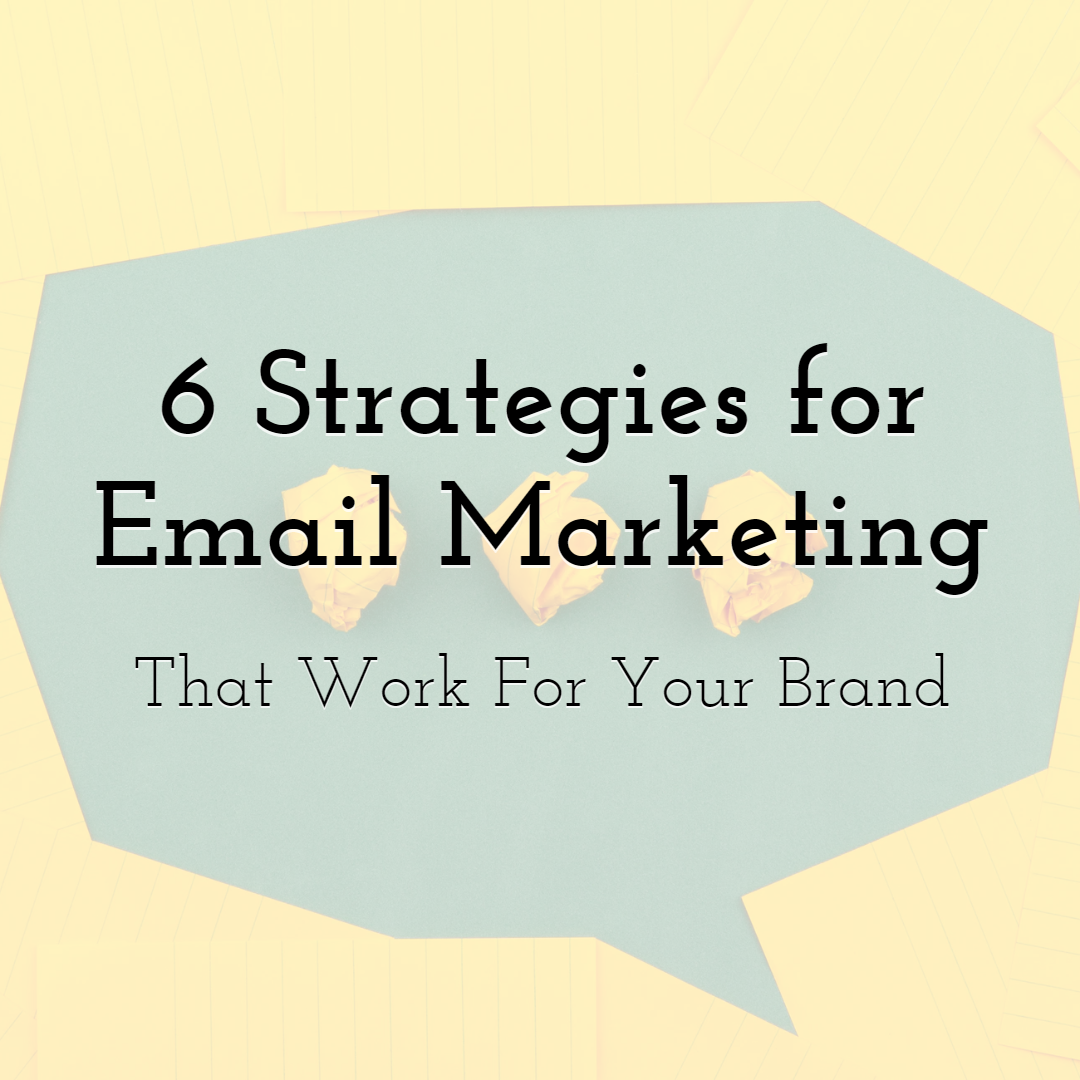
6 Strategies to Make Email Marketing Work for Your Brand
Read More › -

7 Best Product Images Techniques for Your Ecommerce Website
Read More › -

Landing Page Design Tips You Should Follow Today
Read More › -
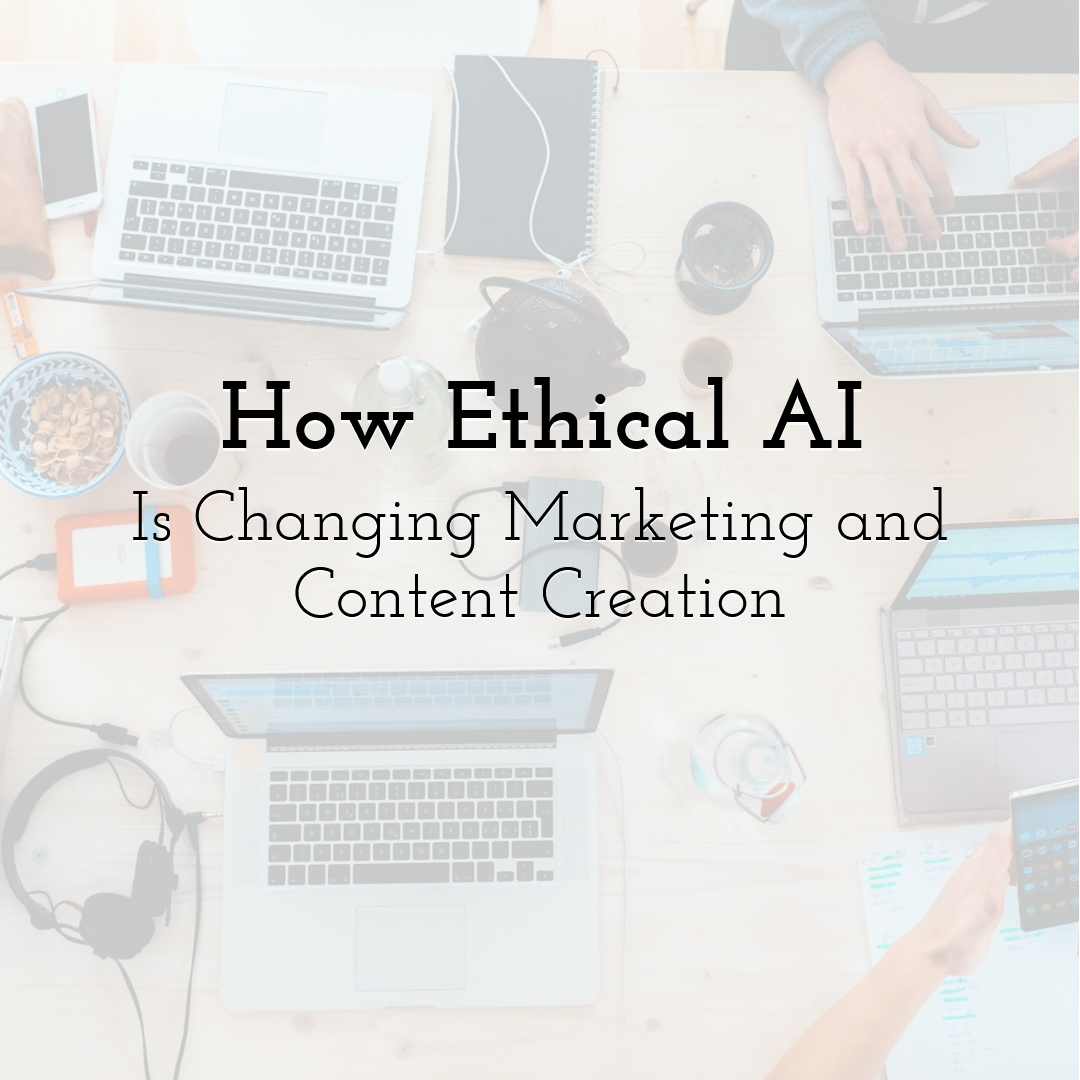
How Ethical AI Is Changing Marketing and Content Creation
Read More › -

Struggling With Large PDF Files? Here's A Simple Fix
Read More › -

The Visual Side of Product Marketing: Turning Features into Stories
Read More ›
